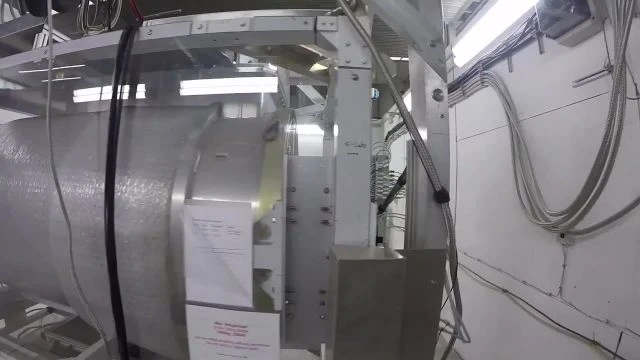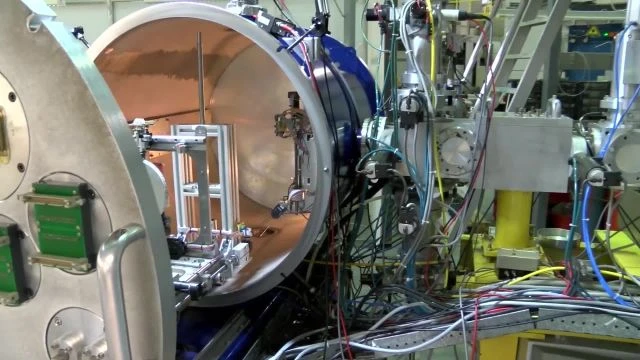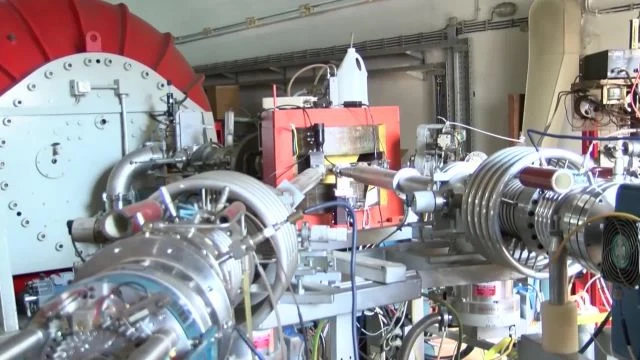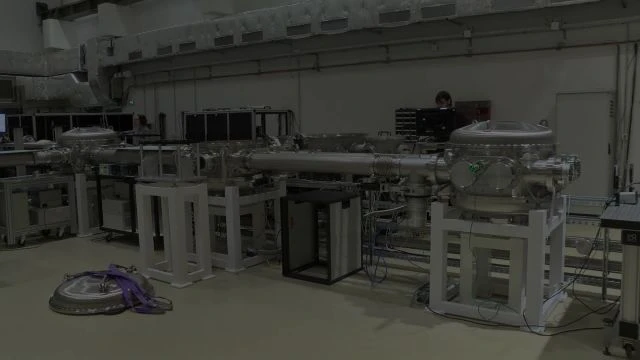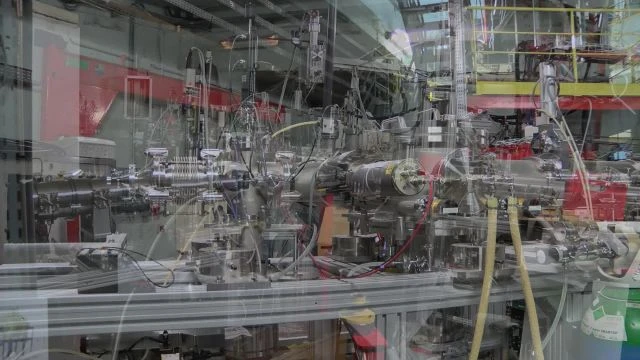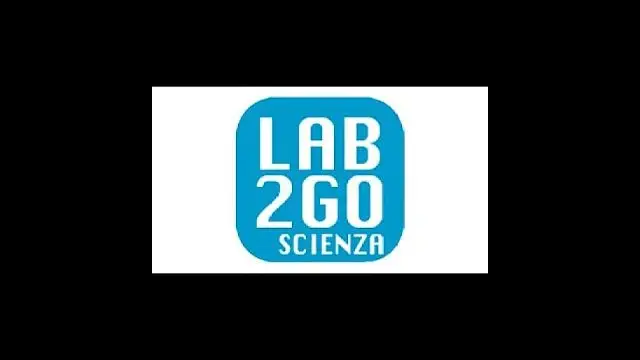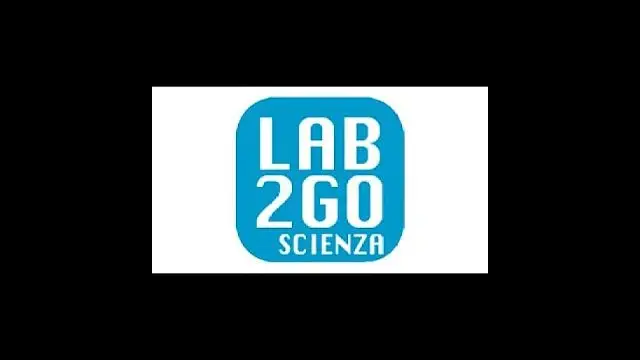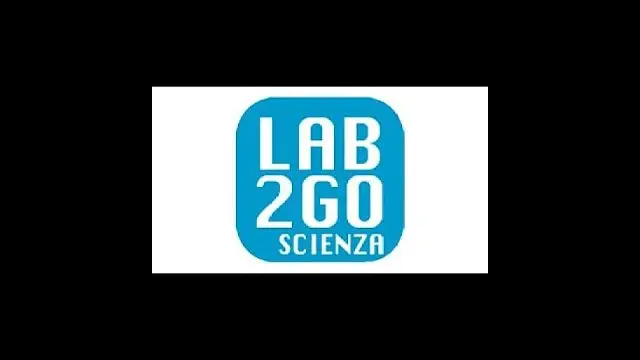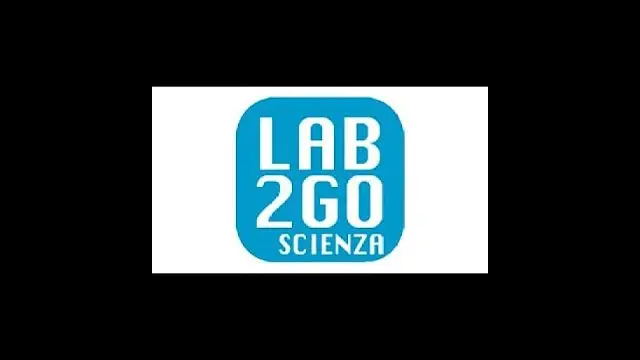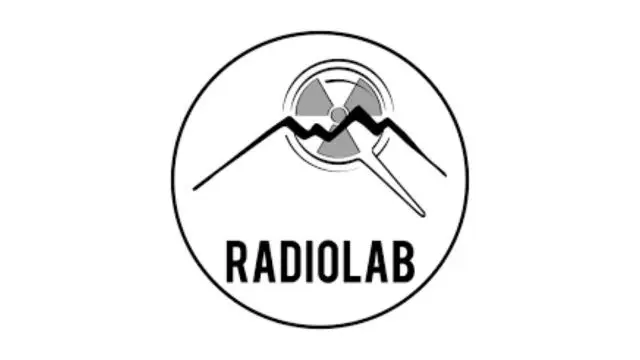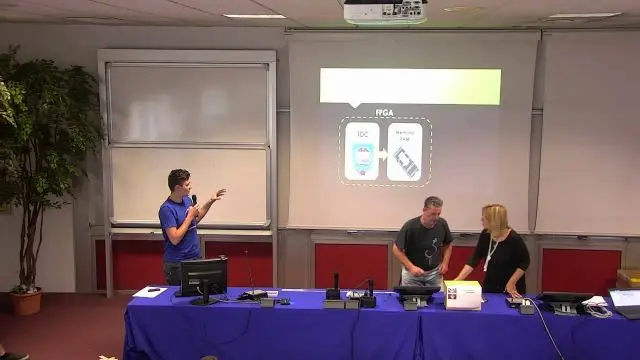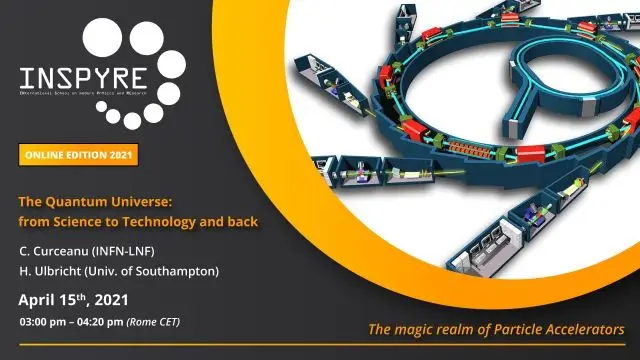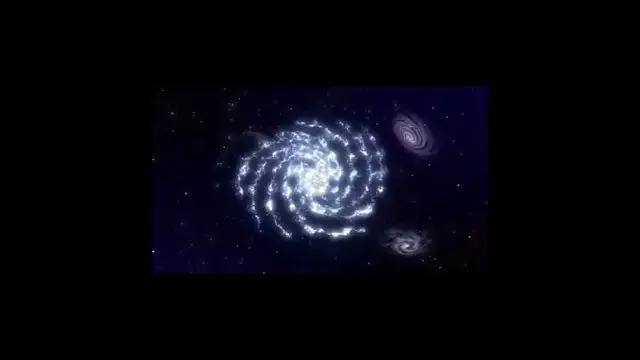The g-2 of the muon: a probe towards new physics? - G.Venanzoni, M.Passera
At the beginning of 2000's the E821 experiment at Brookhaven (USA) measured the anomalous magnetic moment of the muon (also known as the muon g-2) with a precision of 0.54 parts per million, finding a discrepancy of about three standard deviations with the theoretical prediction of the Standard Model. This longstanding discrepancy is one of the most intriguing hints of new physics in particle physics. In order to understand this discrepancy, a new Muon g-2 experiment has been built at Fermilab (USA) and started taking data in 2018. We will report the first results of the new Muon g-2 Experiment at Fermilab, which measured the muon g-2 with a precision slightly better than the Brookhaven one, and discuss the theory implications of this new result, which increases the discrepancy with the Standard Model prediction and strengthens its new physics interpretation. On the other hand, a recent lattice QCD result weakens this discrepancy.


